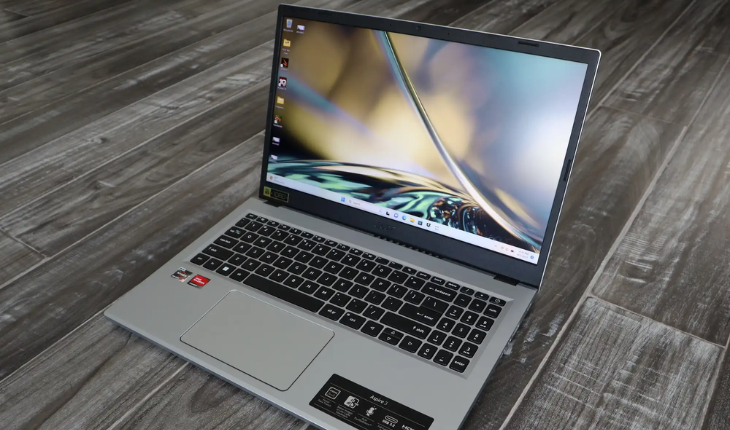In the ever-evolving world of digital content creation, video editing has become a demanding task that requires powerful hardware to ensure smooth performance and efficient workflows.
One of the most critical components of a laptop for video editing is its RAM (Random Access Memory). With 16GB of RAM becoming increasingly common in modern laptops, many content creators wonder whether this amount is sufficient for video editing.
This article explores the role of RAM in video editing, the benefits of 16GB RAM, and whether it meets the needs of both amateur and professional editors.
Understanding the Role of RAM in Video Editing
RAM is a type of volatile memory that allows your laptop to store and access data temporarily while performing tasks. For video editing, RAM plays a crucial role in handling large files, multitasking, and running resource-intensive software like Adobe Premiere Pro,
Final Cut Pro, or DaVinci Resolve. When editing high-resolution videos (such as 4K or 8K), the software needs to process vast amounts of data in real time, and insufficient RAM can lead to lag, crashes, or slow rendering times.
The amount of RAM required for video editing depends on several factors, including the complexity of the project, the resolution of the footage, the number of applications running simultaneously, and the specific editing software being used.
Benefits of a 16GB RAM Laptop for Video Editing
A laptop with 16GB of RAM offers several advantages for video editing:
- Smooth Multitasking: With 16GB of RAM, you can comfortably run video editing software alongside other applications like web browsers, music players, or communication tools without experiencing significant slowdowns.
- Handling High-Resolution Footage: For editing 1080p or 4K videos, 16GB of RAM is generally sufficient. It allows the system to process and preview footage without excessive buffering or lag.
- Efficient Rendering and Exporting: While rendering and exporting videos are more dependent on the CPU and GPU, having 16GB of RAM ensures that the system has enough memory to manage these tasks efficiently.
- Cost-Effective Solution: Laptops with 16GB of RAM strike a balance between performance and affordability, making them an excellent choice for amateur editors or those on a budget.
When Is 16GB RAM Not Enough?
While 16GB of RAM is suitable for many video editing tasks, there are scenarios where it may fall short:
- Editing 8K Footage: 8K video files are significantly larger and more demanding than 4K or 1080p footage. Editing such high-resolution content may require 32GB or more of RAM to ensure smooth performance.
- Complex Projects with Multiple Layers: If your projects involve multiple video tracks, effects, color grading, and compositing, 16GB of RAM may struggle to keep up, leading to slower performance.
- Professional Workflows: Professional video editors who work on large-scale projects or use advanced software features may benefit from upgrading to 32GB or 64GB of RAM for optimal efficiency.
Tips to Optimize a 16GB RAM Laptop for Video Editing
If you’re working with a 16GB RAM laptop, there are several ways to maximize its performance for video editing:
- Close Unnecessary Applications: Free up memory by closing background apps and browser tabs that are not in use.
- Use Proxy Files: Editing with lower-resolution proxy files can reduce the strain on your system, allowing you to work more smoothly.
- Upgrade Storage to SSD: Pairing your 16GB RAM with a fast SSD can significantly improve loading times and overall performance.
- Optimize Software Settings: Adjust your editing software’s settings to prioritize performance, such as reducing playback resolution or disabling unnecessary effects during editing.
Conclusion
For most video editors, a 16GB RAM laptop is a solid choice that strikes a balance between performance and cost. It is well-suited for editing 1080p and 4K videos, handling moderate multitasking, and running popular editing software efficiently. However, for professionals working with 8K footage, complex projects, or advanced workflows, upgrading to 32GB or more may be necessary.
Ultimately, the decision depends on your specific needs, budget, and the type of projects you work on. If you’re an amateur or intermediate editor, a 16GB RAM laptop will likely meet your requirements and provide a reliable editing experience. For professionals, investing in higher RAM capacity may be a worthwhile consideration to future-proof your setup and ensure seamless performance Is a 16GB RAM Laptop Good for Video Editing?

